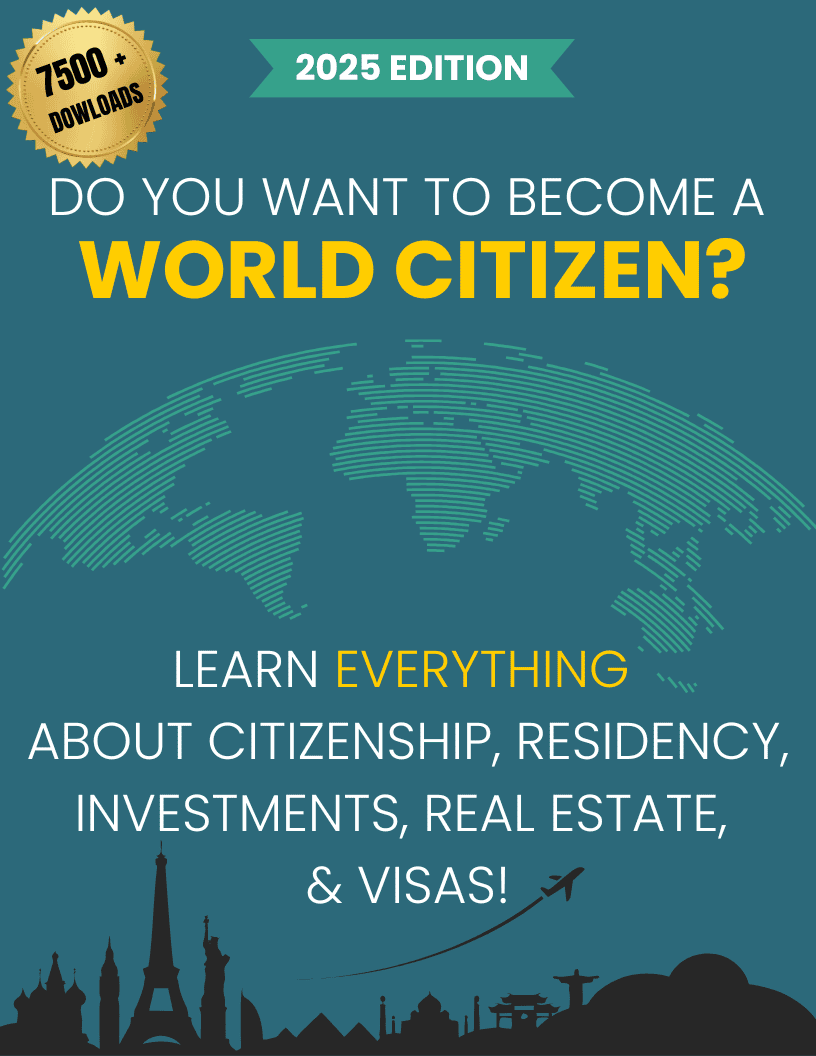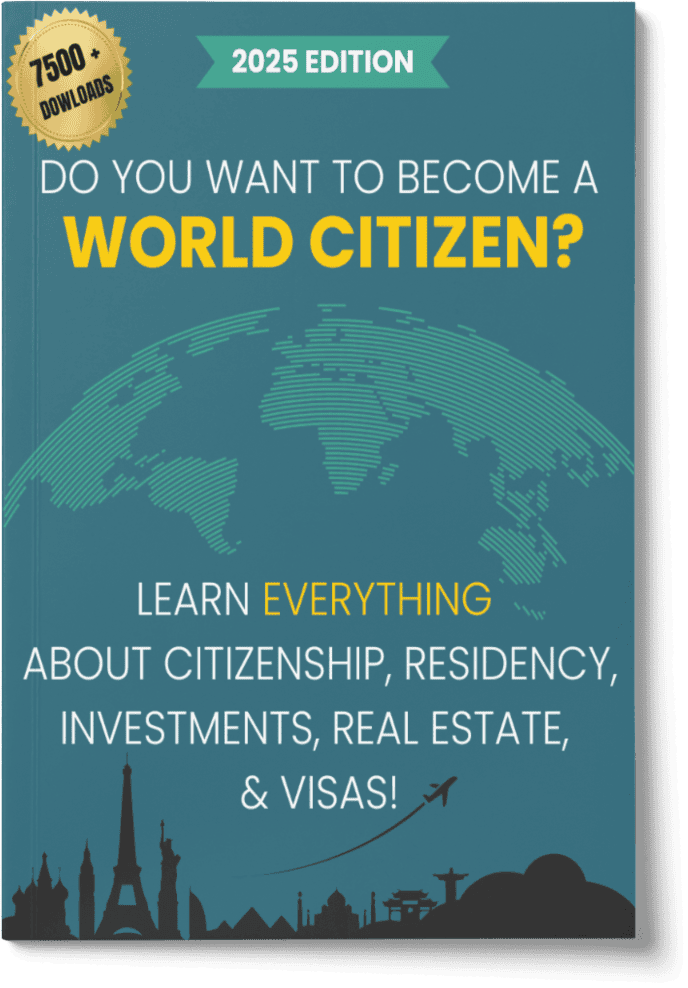US Visa Comparisons
Boost Your Freedom Without Compromise.
- Who offers the CHEAPEST program available.
- Who offers the BEST program available.
- What you need to qualify?

In This Article, You Will Discover:
- The United States offers a wide range of visa categories, including visitor visas (B1/B2), student visas (F1, M1), work visas (H1B, L1, O1), and immigrant visas for family reunification or employment-based green cards (EB series).
- Choosing the best US visa involves considering the purpose of the visit, the expected duration of stay, and whether the applicant plans to work or study in the US.
- Requirements vary widely among visa categories, generally including proof of ties to the home country, financial stability, and, for work or study visas, sponsorship by an employer or educational institution.
- The duration of stay allowed varies, from temporary, short-term visits on B1/B2 visas to longer stays permitted under work, student, and immigrant visas.
- Some visas, particularly work and family-based categories, can offer a pathway to permanent residency (green card) and ultimately citizenship, with conditions such as maintaining legal status and fulfilling residency requirements.
- Who offers the CHEAPEST program available.
- Who offers the BEST program available.
- What you need to qualify?
 Free Consultation
Free Consultation Easy to Use
Easy to Use 100% Safe & Secure
100% Safe & Secure
United States Visa Comparisons
Comparing United States visas can be complex due to the wide variety of visa categories available, each with its own eligibility criteria, purposes, and durations.
Below, I'll provide a brief overview of some of the most common U.S. visa categories, highlighting their key differences:
- B-1 Visa (Business Visitor) and B-2 Visa (Tourist Visitor):
- B-1 Visa: This visa is for individuals travelling to the U.S. for business purposes, such as meetings, conferences, and negotiations.
- B-2 Visa: This visa is for tourists and individuals visiting friends or relatives in the U.S. It's also used for medical treatment, tourism, or participation in social events.
- Key Difference: B-1 is for business, while B-2 is for tourism and other non-business purposes. Both can be issued as a B-1/B-2 combination visa.
- F-1 Visa (Student) and J-1 Visa (Exchange Visitor):
- F-1 Visa: This visa is for international students who plan to study at accredited U.S. institutions, including colleges, universities, language schools, and vocational programs.
- J-1 Visa: The J-1 visa is for individuals participating in approved exchange programs, such as academic exchanges, research, training, or cultural exchange programs.
- Key Difference: F-1 is primarily for academic purposes, while J-1 covers a broader range of exchange activities.
- H-1B Visa (Temporary Skilled Worker) and L-1 Visa (Intracompany Transferee):
- H-1B Visa: This visa is for highly skilled foreign workers who have job offers from U.S. employers in specialized fields, typically requiring a bachelor's degree or higher.
- L-1 Visa: L-1 visas are for employees of multinational companies who are being transferred to a U.S. office, subsidiary, or affiliate.
- Key Difference: H-1B is for skilled workers in various industries, while L-1 is for intracompany transfers.
- K-1 Visa (Fiancé(e)) and CR-1/IR-1 Visas (Spouse):
- K-1 Visa: This visa is for fiancé(e)s of U.S. citizens who plan to marry in the U.S. After marriage, they can apply for adjustment of status to become permanent residents.
- CR-1/IR-1 Visas: These are immigrant visas for spouses of U.S. citizens (CR-1 is conditional for marriages less than two years old, IR-1 is for marriages over two years).
- Key Difference: K-1 is for fiancé(e)s, while CR-1/IR-1 are for spouses. K-1 is non-immigrant, while CR-1/IR-1 are immigrant visas.
- EB-5 Visa (Immigrant Investor) and E-2 Visa (Treaty Investor):
- EB-5 Visa: This is an immigrant visa program for foreign investors who invest a significant amount in a new commercial enterprise and create jobs in the U.S.
- E-2 Visa: The E-2 visa is for individuals from countries with treaties with the U.S. who invest a substantial amount of capital in a U.S. business.
- Key Difference: EB-5 is an immigrant visa program, while E-2 is a non-immigrant visa. EB-5 leads to permanent residency, while E-2 is renewable but doesn't provide a direct path to permanent residency.
It's important to note that this is not an exhaustive list, and there are many other U.S. visa categories, each designed for specific purposes and circumstances.
Visa eligibility, application processes, and requirements can change, so it's advisable to consult the official website of the U.S. Department of State or consult with an immigration attorney for the most up-to-date and tailored guidance regarding U.S. visas.
- Who offers the CHEAPEST program available.
- Who offers the BEST program available.
- What you need to qualify?
 Free Consultation
Free Consultation Easy to Use
Easy to Use 100% Safe & Secure
100% Safe & Secure







